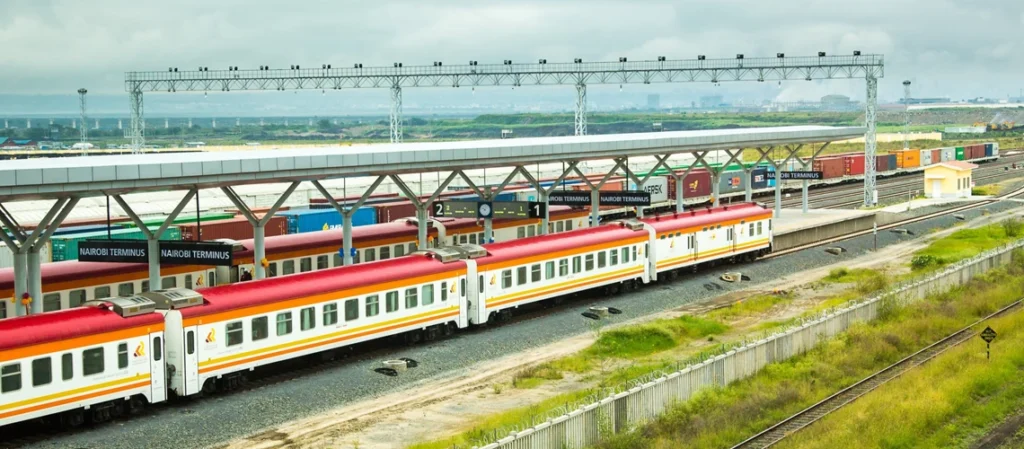Investing in Rail to Transform African Cities, Say Experts
Africa is home to some of the world’s most rapidly growing urban areas. With urbanization fueling significant economic expansion, cities are facing increased challenges, particularly in transportation. The rise in motorized transport has led to chronic traffic congestion, longer commutes, and a rise in traffic-related fatalities.
Martha Lawrence, Global Lead for Railways, World Bank, and Matthias Plavec, Railway Specialist, World Bank Global Transport Unit, emphasize that rail-based systems, such as suburban commuter trains and light rail, could be pivotal in addressing these challenges. A new World Bank report highlights the potential for urban rail in African cities like Lagos, Maputo, and Nairobi.
“Existing railway lines, currently underutilized, can be repurposed for passenger transport, creating vibrant development corridors,” say the experts. Upgrading these lines will significantly improve urban mobility in congested cities. However, this requires substantial investment in tracks, train control systems, and rolling stock.
Integration is key. “Suburban rail must be seamlessly integrated with other transport modes, including buses and minibuses,” add the experts. Investments in feeder infrastructure, such as sidewalks and bikeways, are crucial for connecting passengers to rail stations.
Transit-oriented development (TOD) is another critical aspect. Implementing TOD strategies requires understanding local contexts and building consensus among stakeholders. Financial support for rail operations is essential, especially to provide affordable services to lower-income residents.
Land Value Capture (LVC) can generate long-term revenue for urban rail by monetizing increased land value from improved accessibility. Public-Private Partnerships (PPPs) are also vital for delivering suburban rail services and enabling LVC.
With the right policies and resources, railways can anchor sustainable urban development across Africa. Cities like Accra-Tema, Conakry, Dar es Salaam, Kampala, Kinshasa, Lagos, Luanda, Maputo, and Nairobi are particularly well-positioned for this transition due to existing rail infrastructure.
The World Bank is ready to collaborate with policymakers to harness the power of rail and create more sustainable, livable cities.



